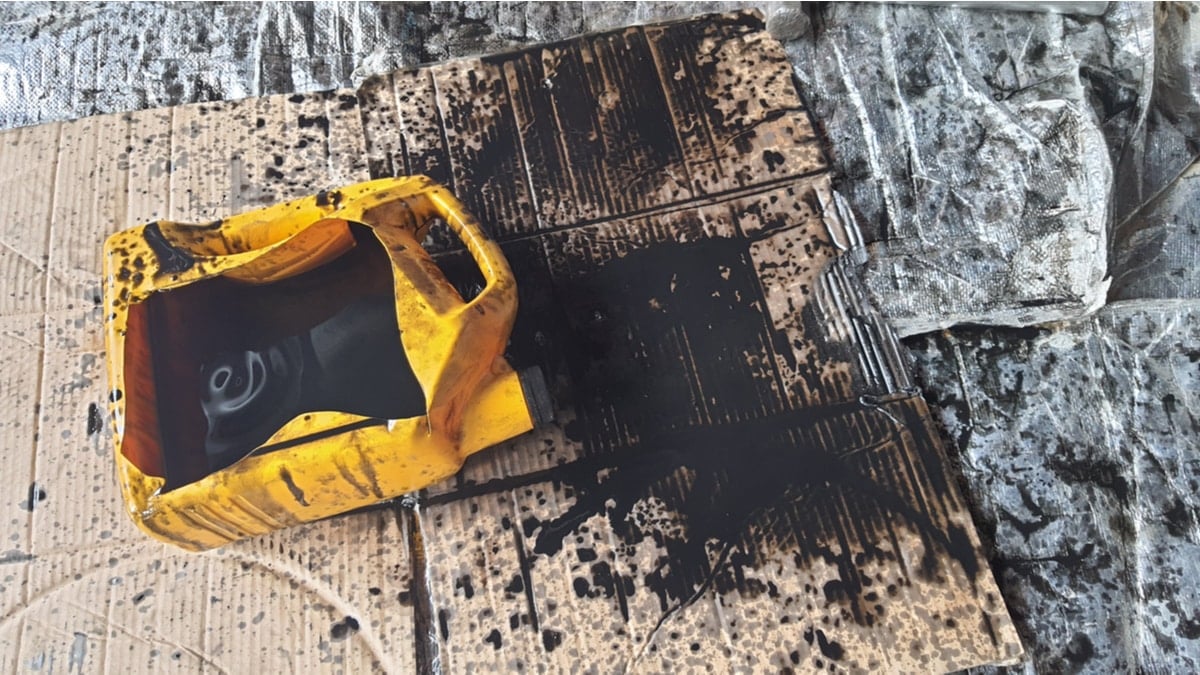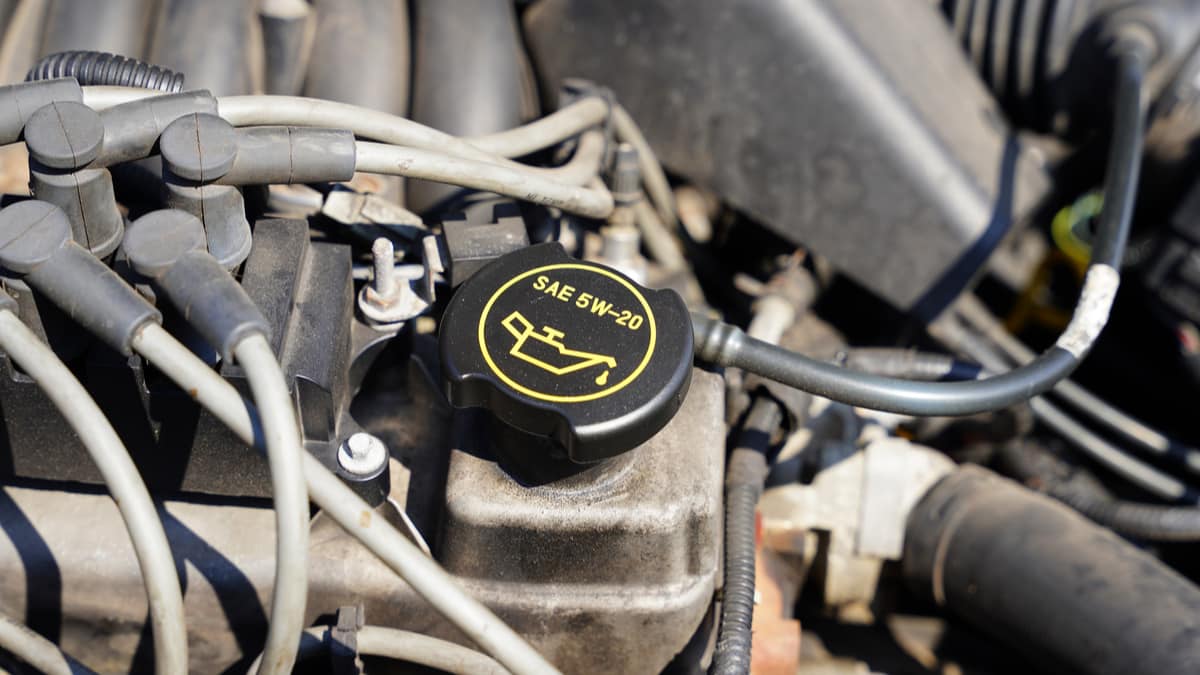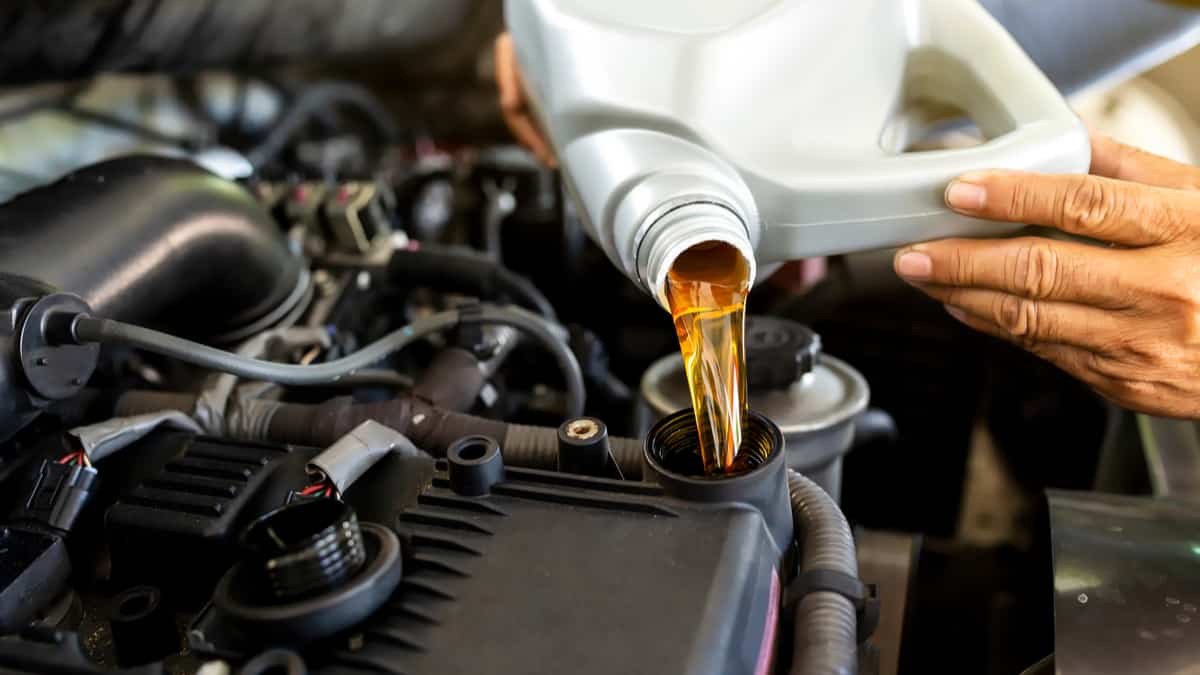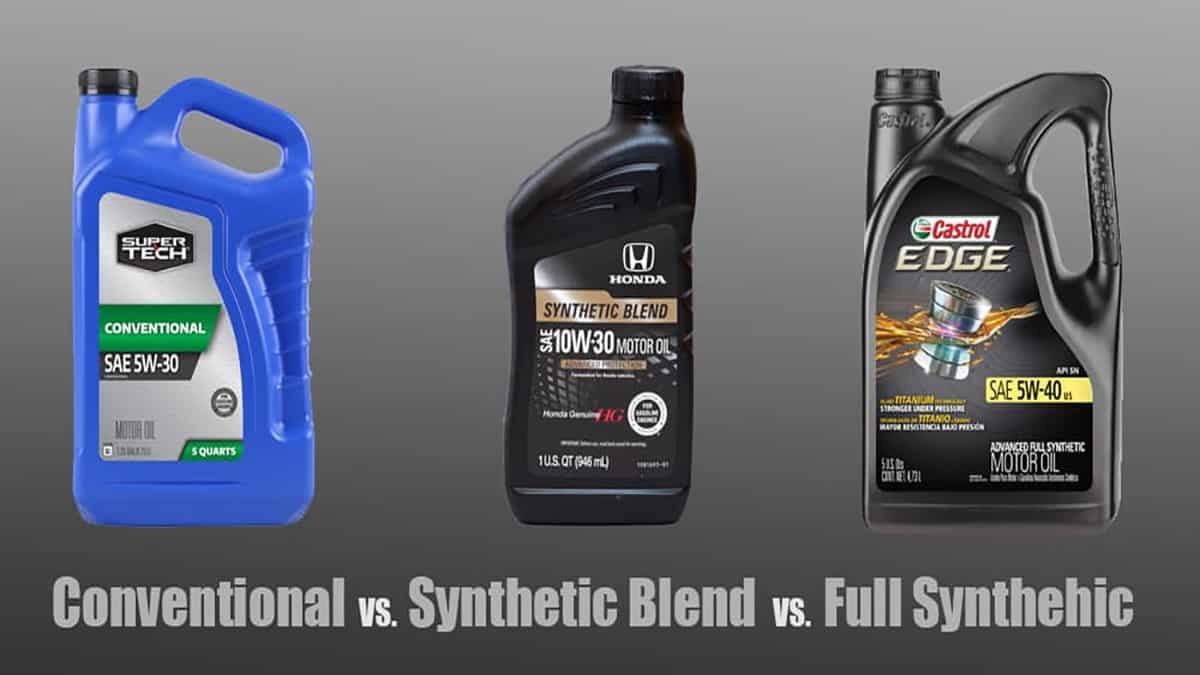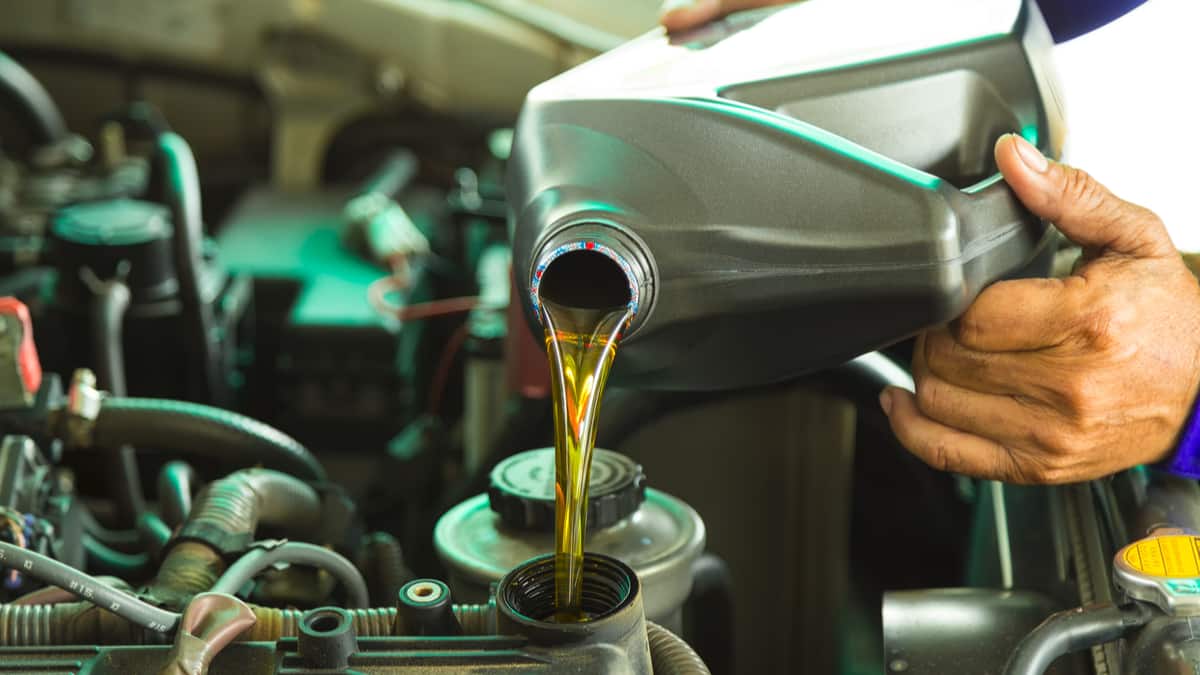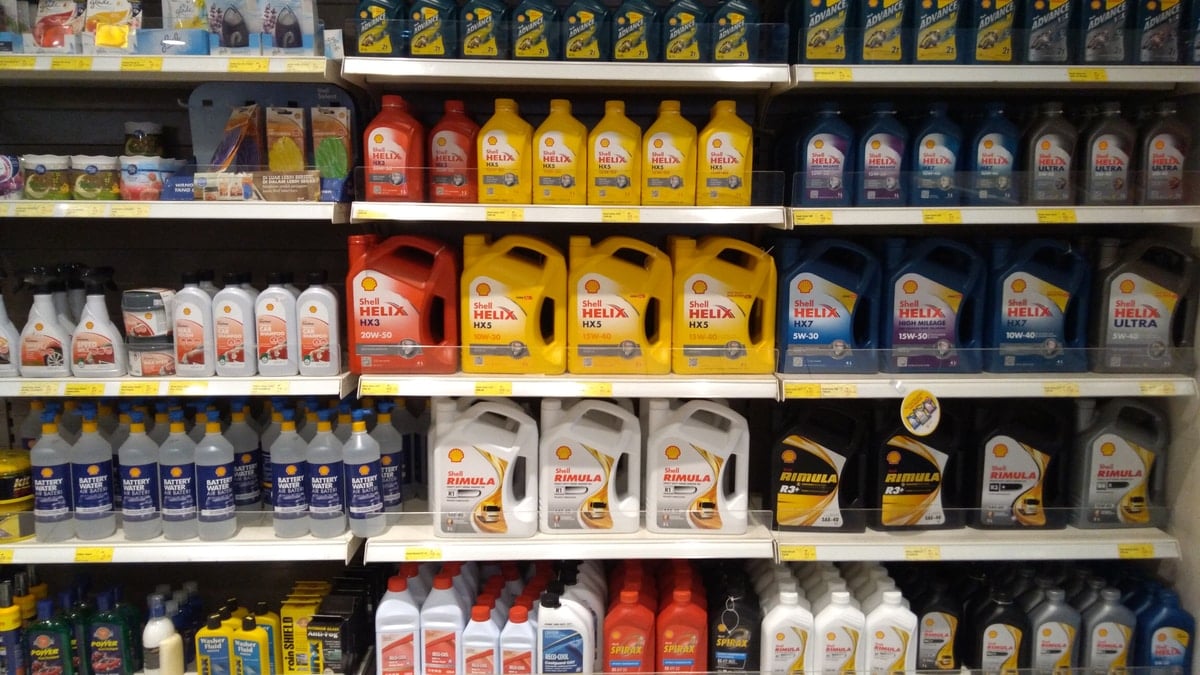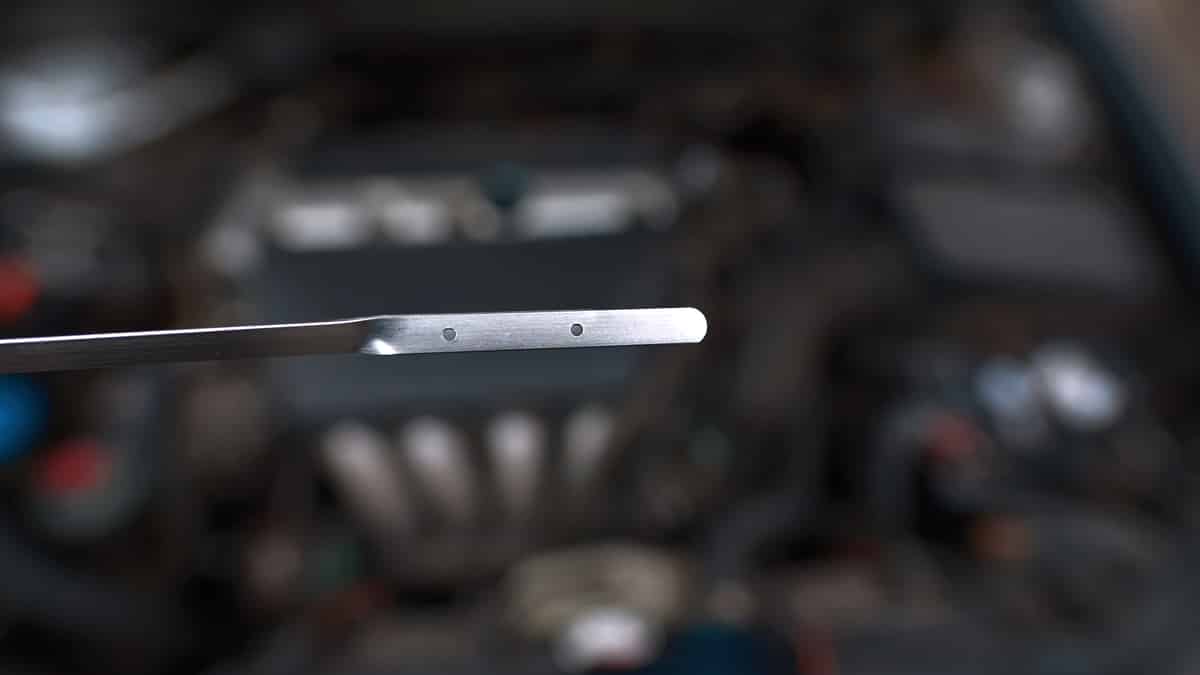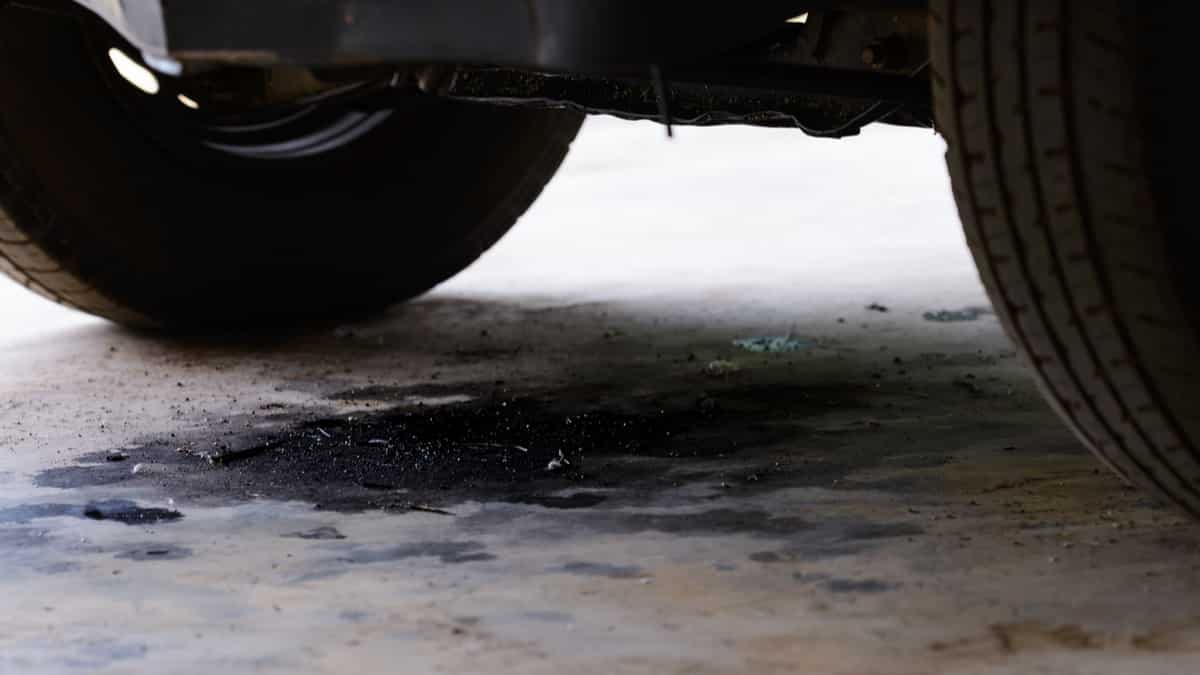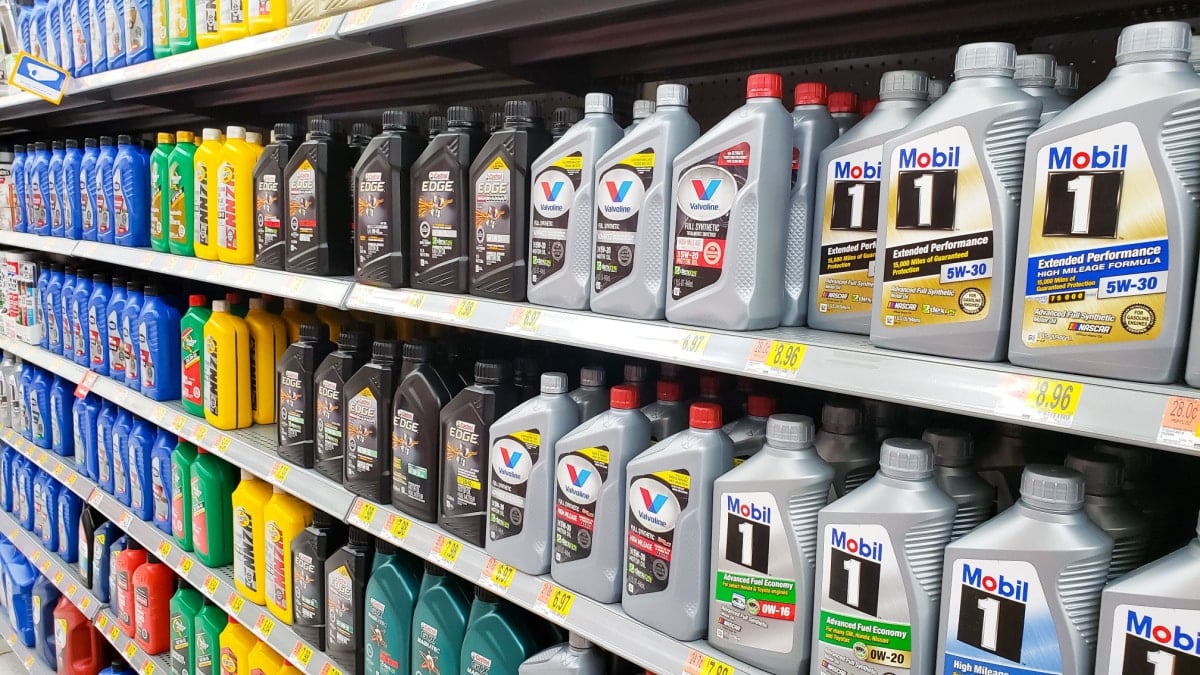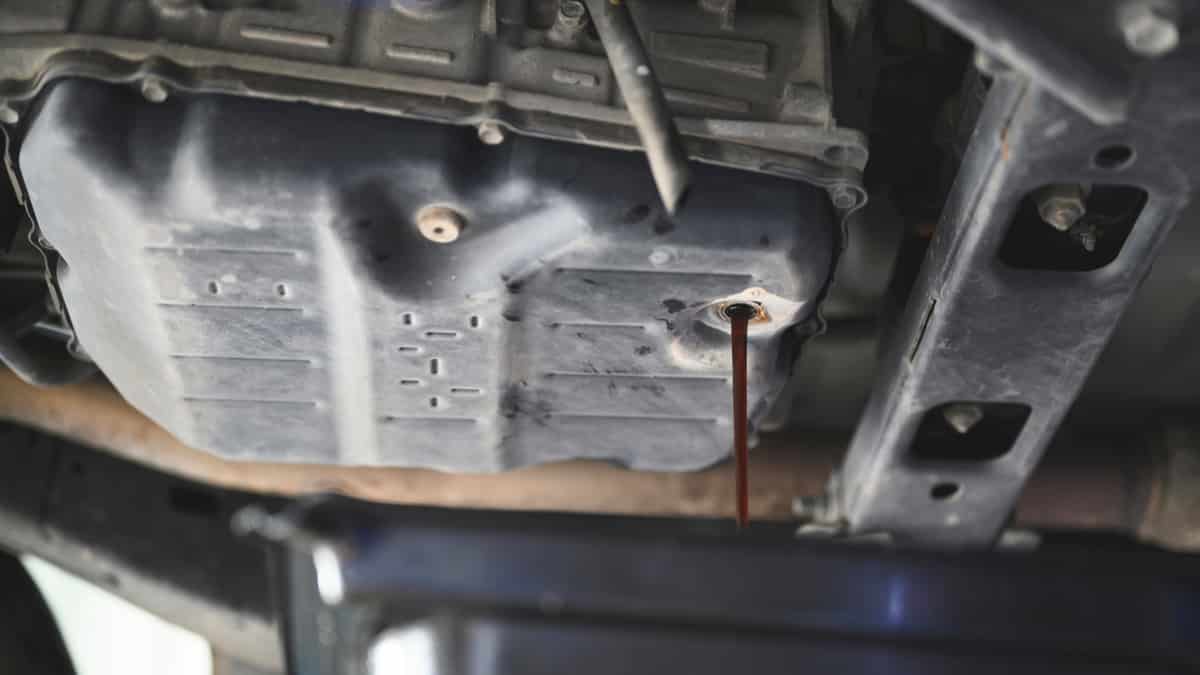We all know how important it is to change the oil in the car to keep the motor running its best. However, not everyone knows if motor oil expires and how to tell that it’s no good. So, how long will motor oil last?
In this guide, I cover the basics of motor oil and expiration dates. I will also show you how to tell if the motor oil is no longer good, and show you how to keep it fresher in the future.
Does Motor Oil Expire?
Yes. Motor oil expires over time. However, it is not easy to tell when it is bad. Although you can look at the expiration dates on the bottle, motor oil can also go bad just from sitting in a car engine for too long or from being stored improperly.
Under optimal conditions, motor oil should remain fairly stable. However, extreme temperatures, synthetic additives and oxidation all play a role in causing it to go bad. The way you store it must also be taken into account.
How to Know if Motor Oil is Expired
1. Expiration Date
The expiration date printed on the motor oil bottle is a great indicator of how long it will last. The majority of conventional brands determine the shelf life is around five years, while synthetic oils might last seven to eight years or longer.
However, this expiration date only applies to unopened bottles that are stored correctly. If you have an opened bottle, the shelf life will be far less.
Some manufacturers recommend getting rid of the old oil as soon as it hits the expiration date. In these cases, you would dispose of the oil no matter how it looks.
2. Color

When engine oil is fresh, it has an amber color to it. After an oil change, you should be able to pull the dipstick out and see this natural color.
That’s why when you check the oil and see it darkened or black, you know it’s probably time to change it. (except diesel engines) Oxidation is what causes the oil to lose its fresh color. Additionally, it becomes contaminated with moisture and dirt inside the engine, causing it to break down over time.
Even an opened bottle of oil can turn this color while sitting on the shelf. If dust infiltrates the bottle, it can become darker than normal, indicating that the oil is bad and should be discarded.
Aside from the color, fresh oil should be translucent and clear. There should be no haze or milky appearance to it.
3. Consistency
When you pour fresh oil, it should flow clean and with ease. If you notice any separation, it’s possible that the oil has been contaminated.
Additionally, oil that becomes thick and solid is no good. You don’t want motor oil to have a slimy consistency, because it’s not going to protect the car engine.
RELATED: How Much Metal In Oil Is Normal
How Long Does Motor Oil Last?
An unopened motor oil bottle lasts for approximately 5 years, or until the expiration date on the bottle expires. If the oil is already in the engine, you should follow the manufacturer’s schedule for how often it should be changed. It is usually every year or every two years.
1. Unopened on Shelf
Motor oil is going to last far longer when it sits unopened. That’s why it’s so important to leave it closed until you are ready to use it. Most brands put a suggestion on the bottle, helping you determine what the appropriate expiration date is.
In many cases, conventional oil might last five years. On the other hand, you could get seven to eight years out of the unopened synthetic oil if it is stored properly.
Generally, you want to use the oil as soon as possible. The older it gets, the more likely it is to degrade and lose its lubricating abilities.
2. Half-used on Shelf
The expiration date listed on the motor oil bottle is meant for when it remains unopened. Once you crack open the bottle, the expiration date becomes dramatically reduced. You can no longer expect to get five to eight years out of a bottle of oil if it is unsealed.
Instead, you should plan to use the oil within a year of opening it. This guideline stands true whether you use conventional or synthetic motor oil. As the air hits the oil, efficiency and lubrication all become degraded. Plus, oxidation becomes the main concern with an open bottle. If oxidation occurs, the oil can accumulate sludge and sediment, making it ineffective in the car engine.
3. In Engine
If you are driving the car regularly, you only have to worry about changing the oil at regular intervals. Pushing it beyond the recommended maintenance schedule could lead to contamination harming the engine.
However, if you store your vehicle or you haven’t driven for a while, you need to be concerned with how long the oil is good for. Oil that remains stagnant in the motor faces the same issues as the opened bottle on the shelf. It will oxidize and allow the buildup of sediment. If you run this old oil in the engine, it can cause permanent damage.
Is It Safe to Use Expired Motor Oil?
Whether the oil on the shelf has reached its expiration date or you let it sit in the car engine too long, you should dispose of it and use fresh oil instead. It’s never worth running old oil in the engine, especially when you consider the cost.
Oil that contains an excessive amount of acid or houses contaminates is only going to damage the internal metal parts. Repairing this damage could mean costly garage bills that you don’t want to deal with. When in doubt, dispose of the oil properly and get a fresh bottle.
RELATED: How to Change the Oil in Your Car
How to Store Motor Oil
1. Use Original Container
The best way to store your motor oil is in the container it came in. Keep the bottle unopened until you have no other option.
Even after you open it, it’s best to leave it in the container you bought it in. The manufacturer knows how best to store the motor oil, so you can trust the packaging. By transferring it into another container, you open the door for contamination from dirt and dust.
2. Keep in Dry Location
You should always keep the bottles of oil in a dry location. Moisture is one of the biggest enemies of motor oil. When you open the bottle, it’s more susceptible to moisture and water vapor.
When the air hits the oil, oxidation begins. Additionally, moisture can condense inside the bottle if the conditions are humid. The lower the oil levels are in the container, the higher the risk becomes because there is more surface room for condensation to begin.
3. Watch the Temperature
All motor oil should be stored between 32- and 85-degrees Fahrenheit. It doesn’t matter if you have an open or unopened bottle; you want it in these temperatures.
It’s also helpful if the temperatures remain consistent while in storage. The fewer fluctuations, the longer the oil will last. If the motor oil is subject to extreme temperatures, it will begin breaking down, causing a change to the viscosity. As it breaks down, it is no longer capable of lubricating the engine the way it should.
Categories: Engine Oil, Maintenance
